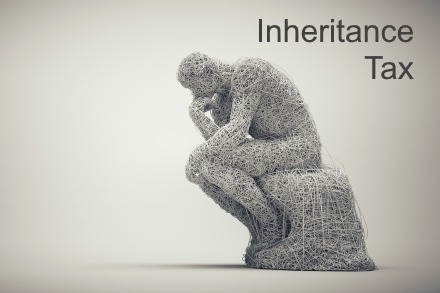Craig Simpson, Tax Partner at Bates Weston, on a possible major overhaul to Inheritance Tax (IHT) ahead of the Autumn Statement on Wednesday 22 November.
It has been widely reported that Chancellor of the Exchequer Jeremy Hunt is considering major changes to Inheritance Tax (IHT) in the Autumn Statement this week.
Currently IHT applies to estates with a value of £325,000 or more at a rate of 40%. Additional relief for the main residence may be available to increase the IHT threshold by a further £175,000. The basic proposition being a married couple can leave up to £1m of assets free of IHT. The system is complex and difficult for taxpayers to understand.
It is worth understanding that IHT is a relatively small proportion of the overall tax revenues collected by HMRC. The latest statistics show IHT revenues of £5.76bn in 2020/21. This equates to 1% of overall tax revenues. Similar to how the proposed introduction of VAT private school fees is aimed at appealing to labour voters, the idea of changing IHT appeals to the Tory electorate. It is fair to say that neither of these changes will make a big difference in pound notes but politically could be vote winners. Contrast these areas of taxation to the huge increases seen in personal taxation in the last three years. Pre-pandemic income tax revenues ran at £193bn and in 2022/23 increased to £248bn. You can therefore see the reality of where the government has been clever in keeping the income tax bands under control and the resultant fiscal drag of increasing tax revenues impacts.
So let’s drill down into the IHT statistics. Of the £5.76bn collected in 2020/21 only 3.73% of deceased people pay IHT, being 27,000 cases. Of this 27,000, 94.8% had a net estate of £2m or less, and they contribute £3.745bn or 65% of the tax revenues. This means the top 5.2% pay 35% or £2bn of the IHT take. It is expected that IHT revenues will increase further as the level of wealth amongst the middle classes increases.
So what might the chancellor do in the Autumn Statement?
Abolish IHT altogether – This would seem very unlikely as politically it will be a difficult policy to defend, taking the ultra-wealthy out of the tax net.
Increase the IHT thresholds – There is an opportunity to simplify the system of nil rate bands and take a vast majority of taxpayers out of the IHT net altogether. For example, raising the IHT threshold to £2m per person would take 94.8% of taxpayers out of IHT, and also protect a vast majority of the general public from the tax going forward. The very wealthy would still pay tax above £2m, but overall a married couple being able to leave £4m to the next generation would seem to be a vote winner and take away the IHT anxiety of many.
Reduce the IHT rate – Leaving everything else as it is but reduce the tax rate to 20% or 30%. The issue here is that people may still feel aggrieved about paying the tax so this might not be as exciting a vote winner as increasing the thresholds. For example halving the rate of IHT to 20% means tax revenues of £2.8bn. Compare this to increasing the threshold to £2m where the top 5.2% of IHT payers would pay £2bn. It seems to me that the latter is far more politically attractive.
So overall changing IHT would seem to generate the prospect of far more political capital than the loss of pound notes in tax terms. Meanwhile the income tax system collects ever increasing amounts of tax as middle earners move into the higher rates of income tax.
This guidance is generic in nature and does not constitute advice. You should take no action based upon it without consulting ourselves or your own professional advisor.
Related articles:

